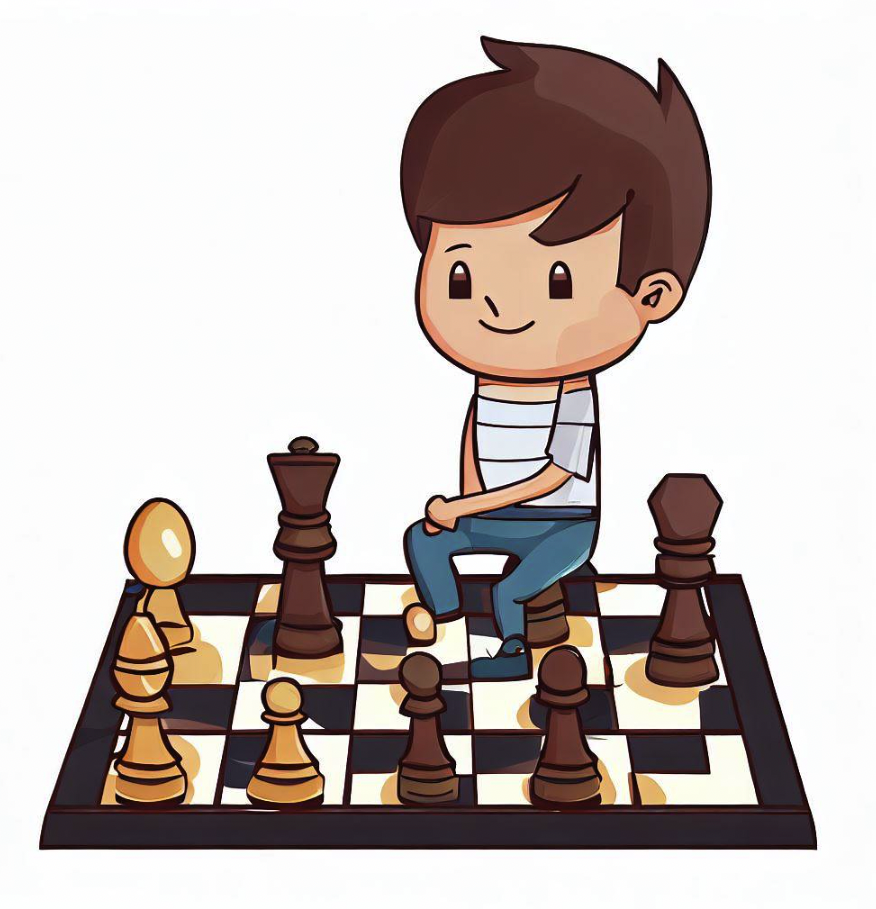Shatranj, a strategic board game, holds a significant place in the history of chess and is known as a chess variant.
Originating in ancient India, it eventually spread to the Islamic world and became popular during the medieval era.
Shatranj laid the foundation for the modern version of chess, but it had some distinct differences in gameplay.
Below we explore the origins, rules, and unique characteristics of Shatranj.
Origins and Spread of Shatranj
Shatranj can be traced back to ancient India, where it was known as Chaturanga.
The game was initially played on an 8×8 board, representing a battlefield, with pieces symbolizing different ranks in an Indian army: infantry, cavalry, elephants, and chariots.
Chaturanga eventually made its way to Persia, where it was named Shatranj.
The Persians made modifications to the rules, and from there, the game gained popularity in the Islamic world.
The Gameplay of Shatranj
Shatranj was played on the same 8×8 board as modern chess, but it had some key differences.
The game involved two players, each controlling an army of sixteen pieces, consisting of a king, a vizier (similar to the modern queen), two rooks, two knights, two elephants (which later evolved into bishops), and eight pawns.
The goal was to capture the opponent’s king, known as the shah.
Distinctive Rules of Shatranj
Unlike modern chess, Shatranj did not include certain moves that are now integral to the game.
Castling, a move where the king and one of the rooks are moved simultaneously, was not part of Shatranj’s repertoire.
Additionally, the pawn’s initial double-step and en passant capture were absent.
These unique rules made Shatranj a different and intriguing game compared to its modern counterpart.
Strategies and Tactics in Shatranj
Due to the absence of castling, pawn double moves, and en passant, the strategies and tactics in Shatranj differed from those in modern chess.
The opening moves often involved deploying the knights and elephants, followed by positioning the rooks and vizier.
Central control and piece development were crucial for gaining an advantage.
The lack of pawn double moves impacted pawn structures and required players to adopt alternative tactics.
How to play Shatranj Chess
Endgame in Shatranj
As the game progressed and pieces were exchanged, the endgame in Shatranj presented unique challenges.
Without castling, the king remained vulnerable in the center of the board, making it essential to shield and protect the monarch.
The presence of pawns became more significant as they advanced towards the opponent’s side, with the goal of promoting them to more powerful pieces.
Skilful maneuvering and tactical calculations were necessary to secure victory.
Legacy and Transition to Modern Chess
Shatranj thrived for centuries, and its influence on the development of modern chess cannot be overstated.
The game spread across Europe during the medieval period and gradually evolved into the chess we know today.
Innovations such as the introduction of castling, pawn double moves, and en passant transformed the dynamics of the game, making it more complex and strategic.
Preserving the Legacy of Shatranj
Although Shatranj is not as widely played as modern chess today, it remains an important part of chess history.
Some enthusiasts continue to appreciate and play this ancient game to keep its legacy alive.
Shatranj serves as a reminder of the rich cultural and historical roots of chess, showcasing the evolution of a game that has captured the imagination of millions worldwide.
Conclusion
Shatranj stands as a historical precursor to modern chess, originating in ancient India and spreading through Persia to the Islamic world.
Its unique rules, absence of castling, pawn double moves, and en passant, set it apart from the contemporary version.
Shatranj’s influence on the development of chess is undeniable, and its legacy continues to inspire and fascinate chess enthusiasts around the globe.


